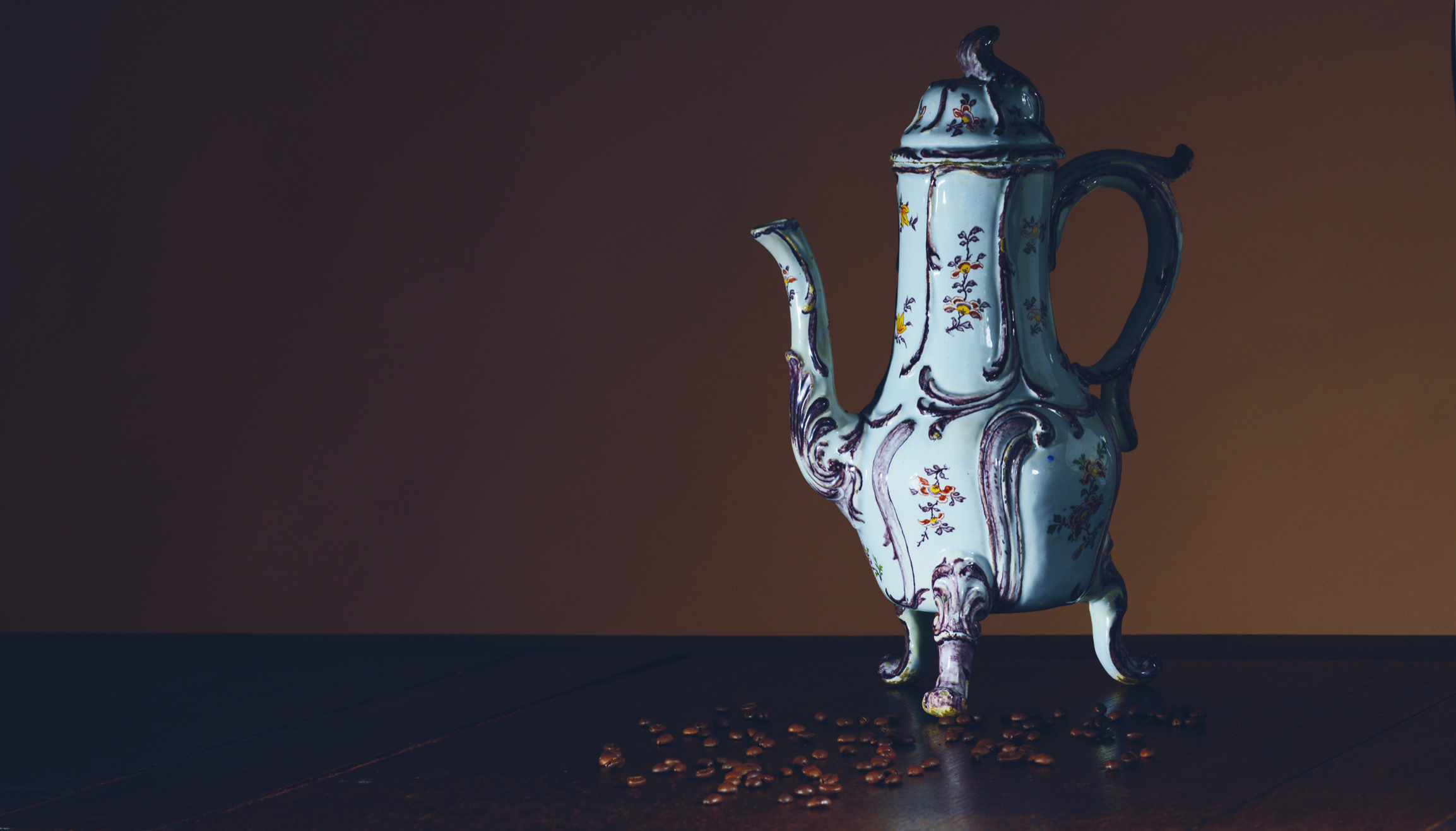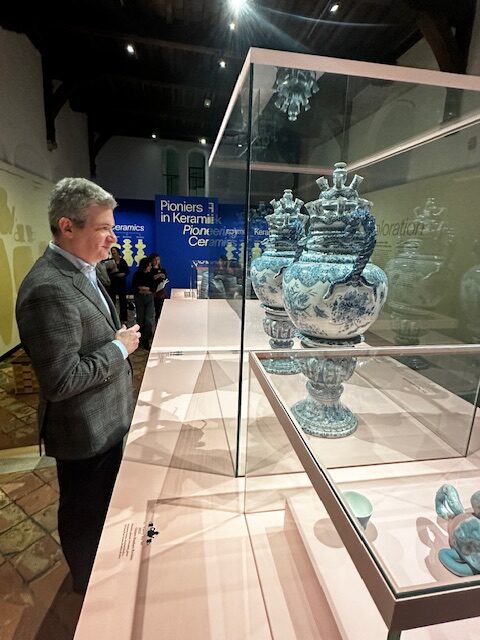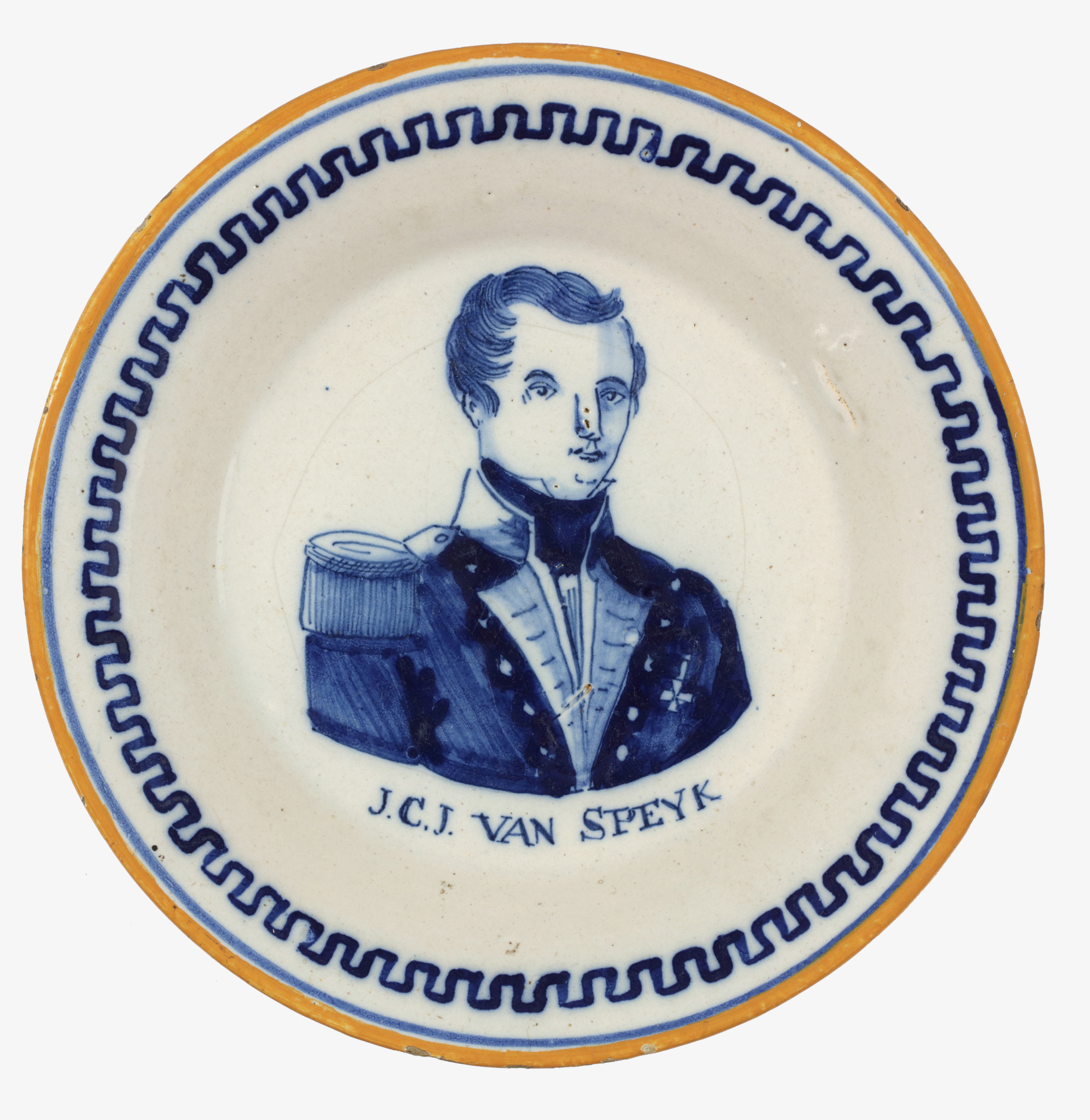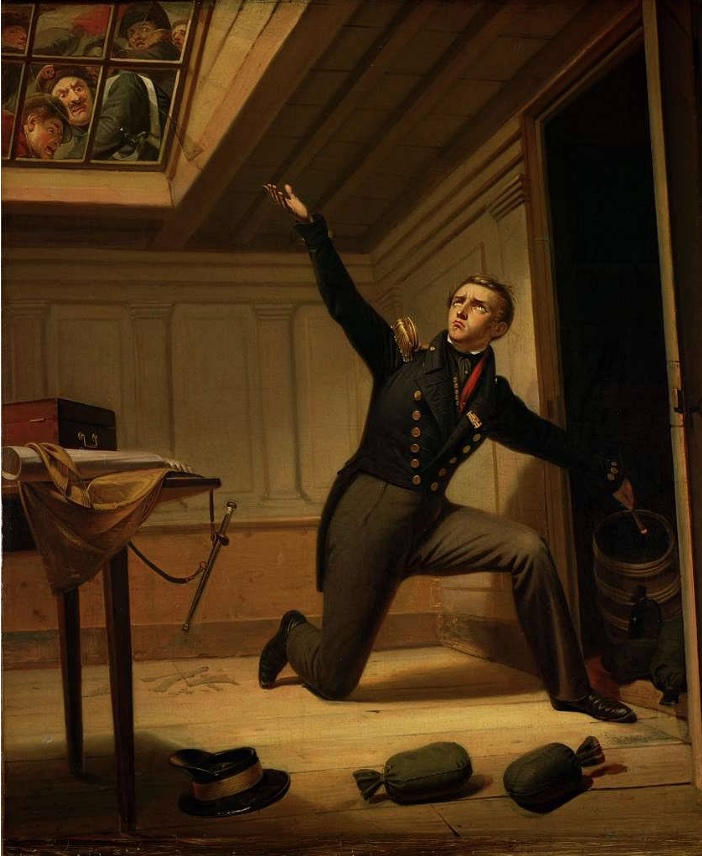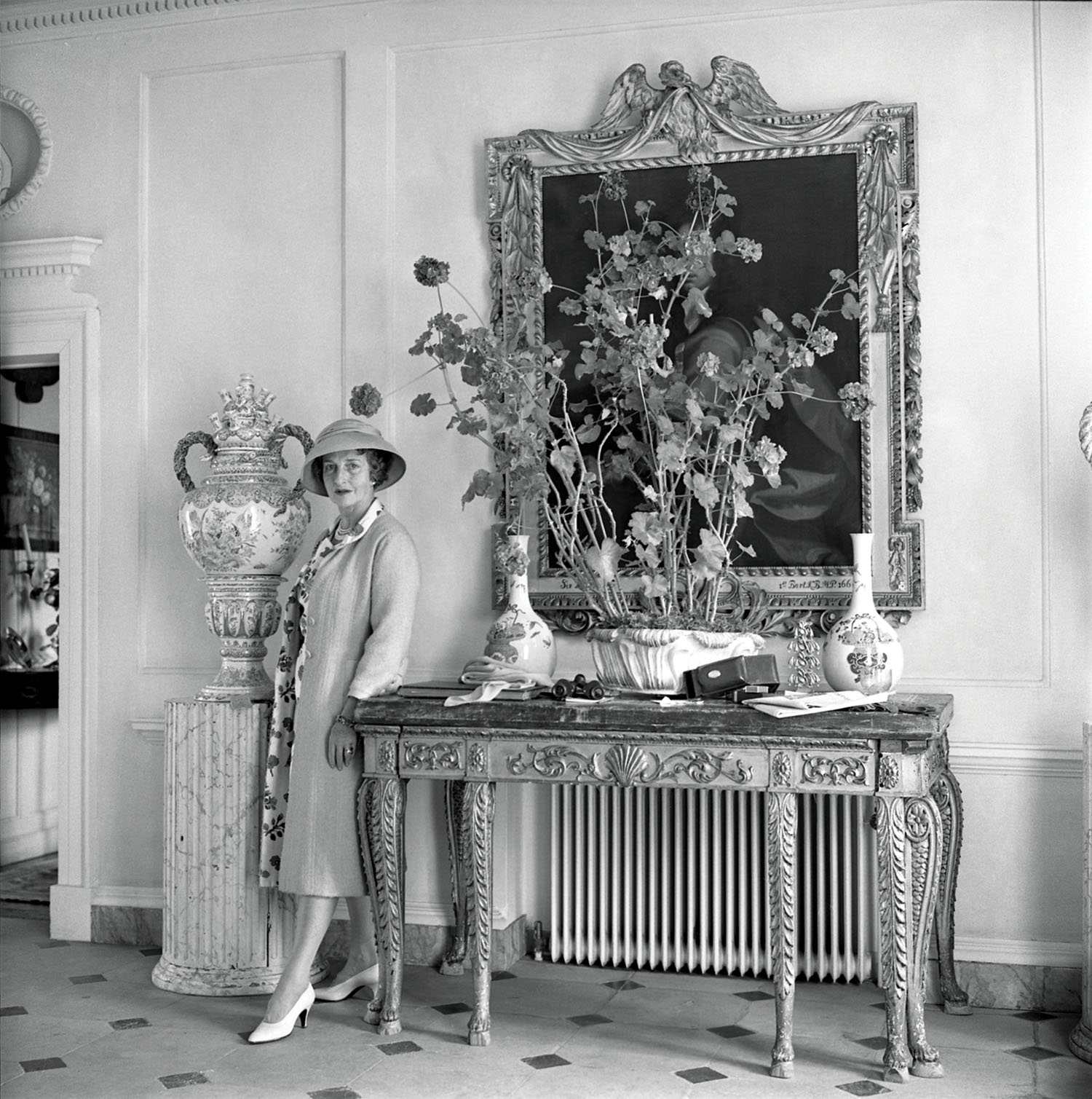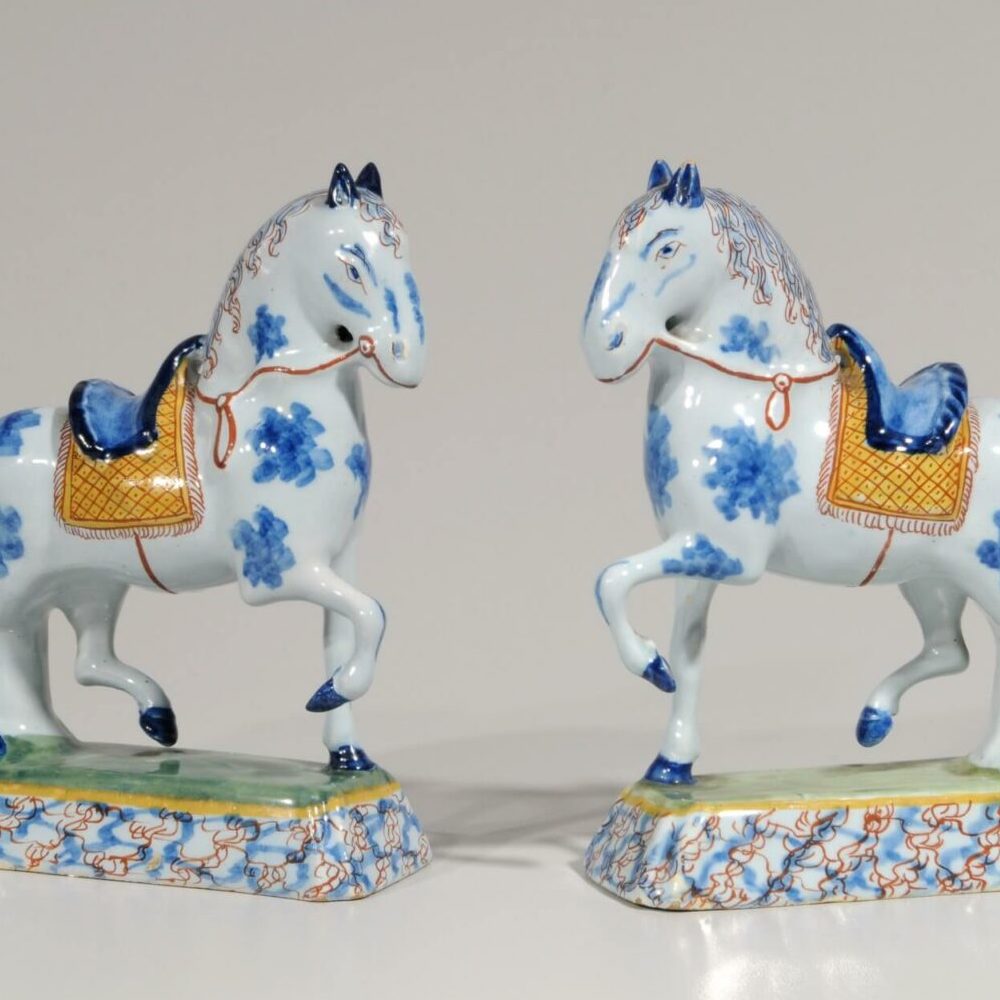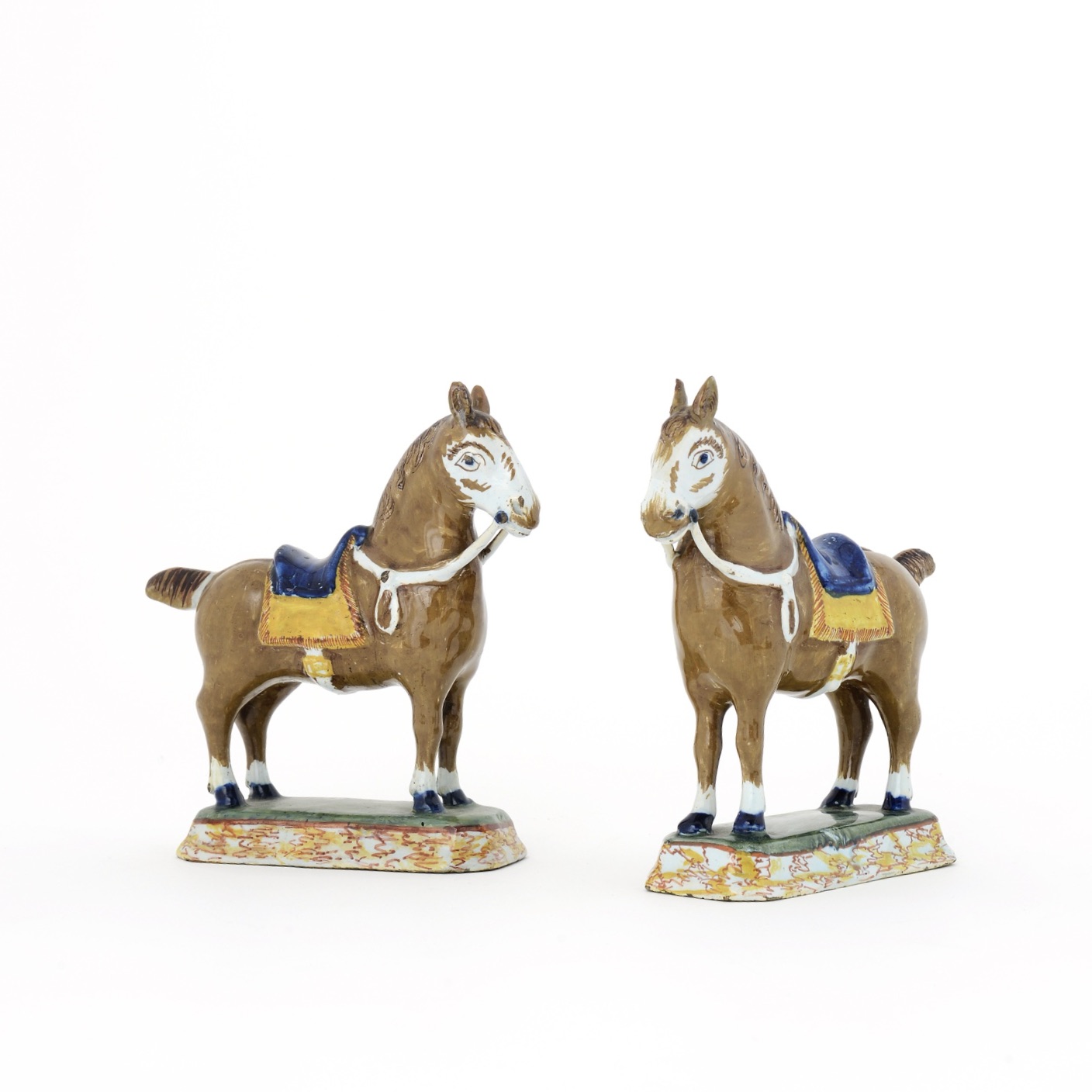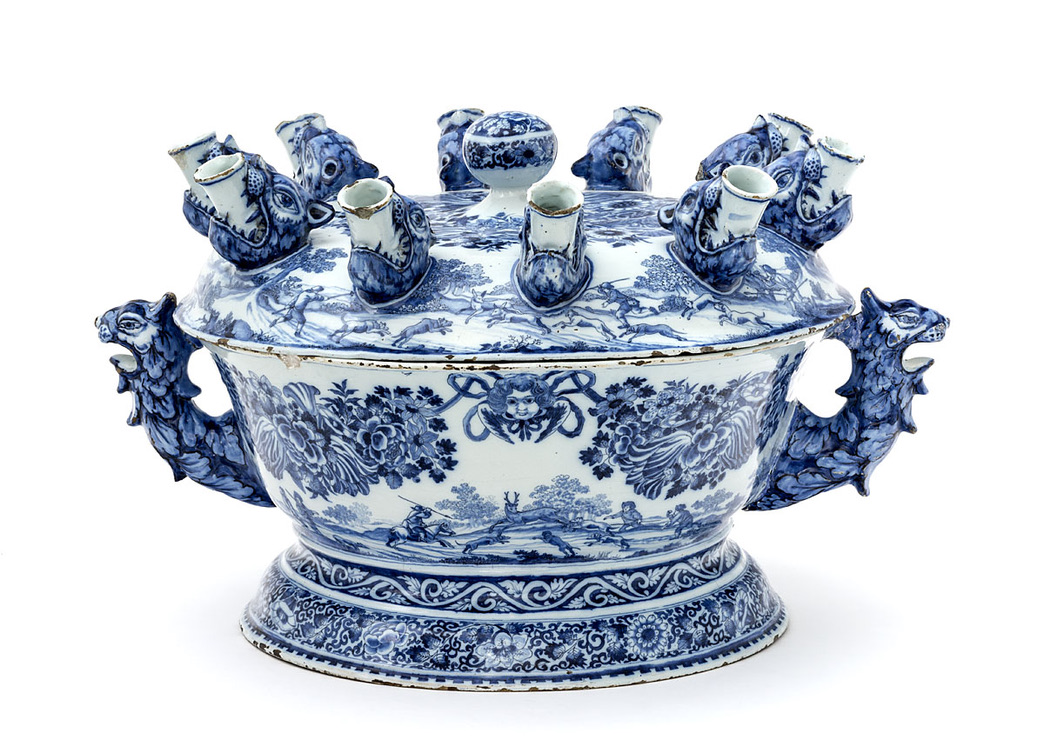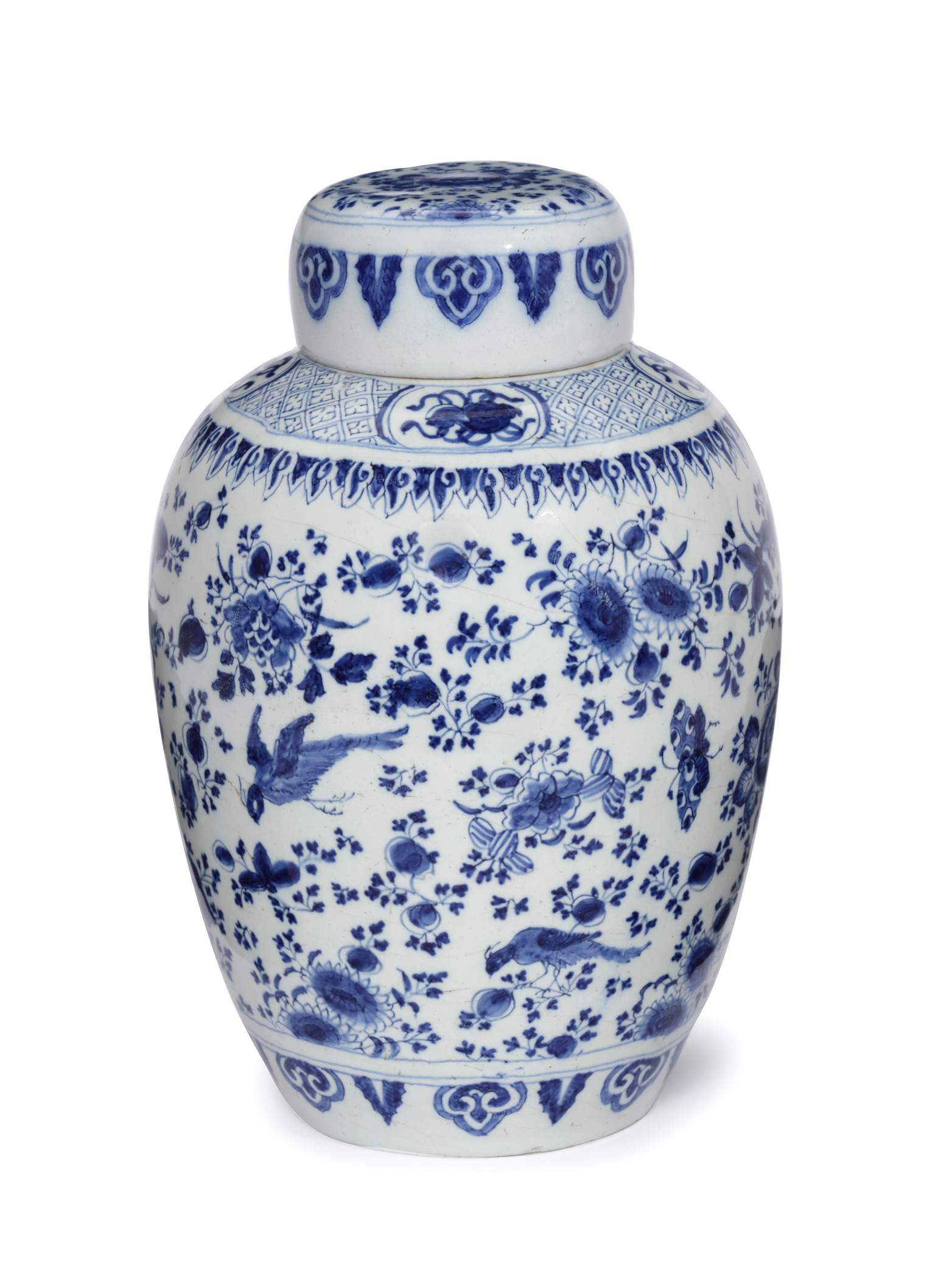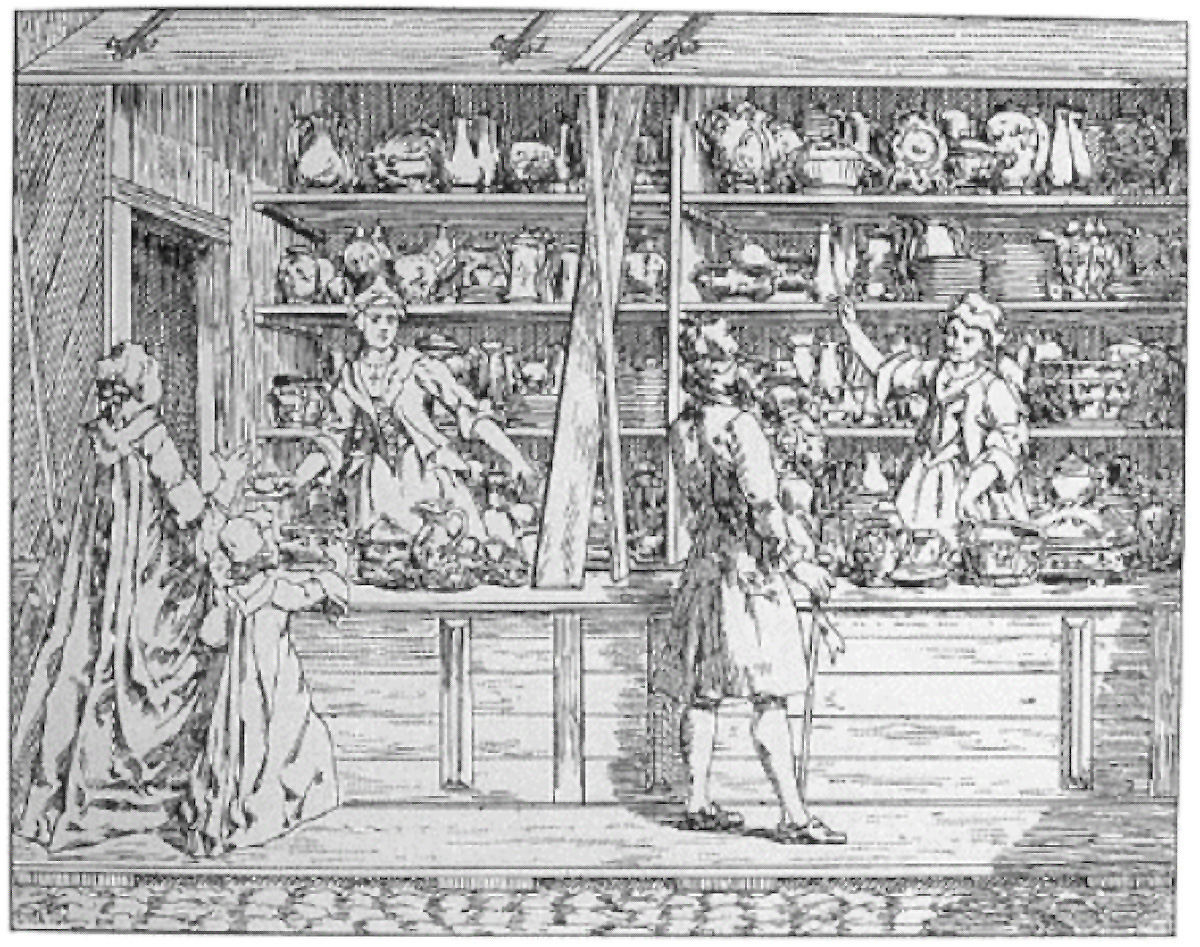The Artistry of Jacobus Halder
In 1658 'De Grieksche A' (The Greek A) transformed from a beer brewery into a pottery factory, retaining its name and flourishing into one of the most successful potteries in Delft. Under various skilled and innovative owners, the factory produced high-quality Delftware well into the last quarter of the eighteenth century. Its success is underscored…

